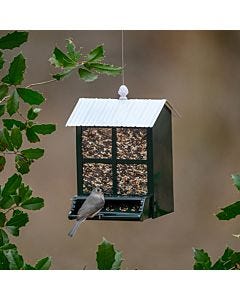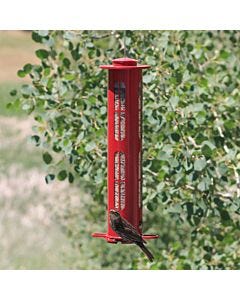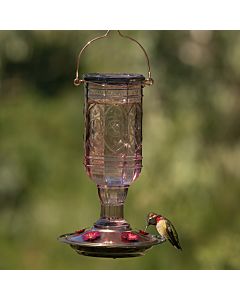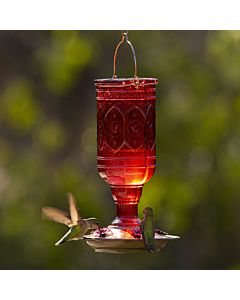TUFTED TITMOUSE
BIRD LIBRARY »Overview 

Tufted Titmouse
A bird feeder favorite in the Eastern U.S., the Tufted Titmouse is known for its perky behavior around feeders. Often it will zip down to a feeder, grab a sunflower seed and flitter back to a favorite branch to crack open its prize.
These little gray birds have oversized eyes and a jaunty head crest that makes them positively adorable and easy to identify for inexperienced bird lovers. They’re also evident in your backyard by their fast “peter-peter-peter” and “day-day-day” songs, which are delivered with a clear whistling noise.
Want to learn more about the Tufted Titmouse? The Perky-Pet® Wild Bird Library is the right place to find all the facts you need to keep Tufted Titmice coming back to your feeders!
Related Articles








